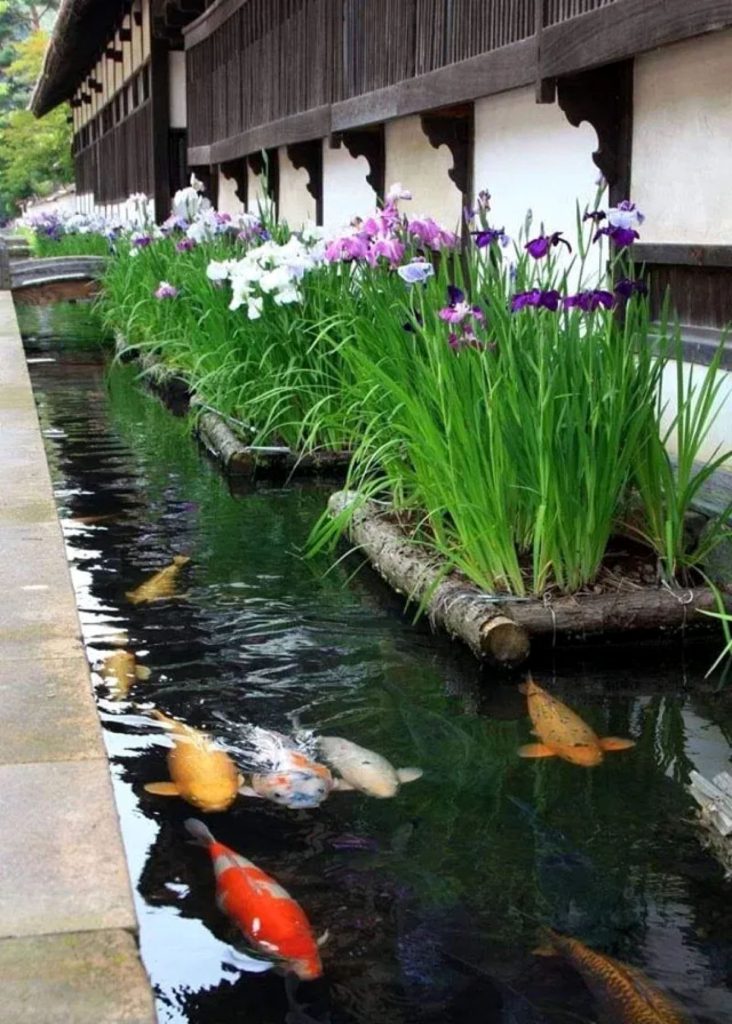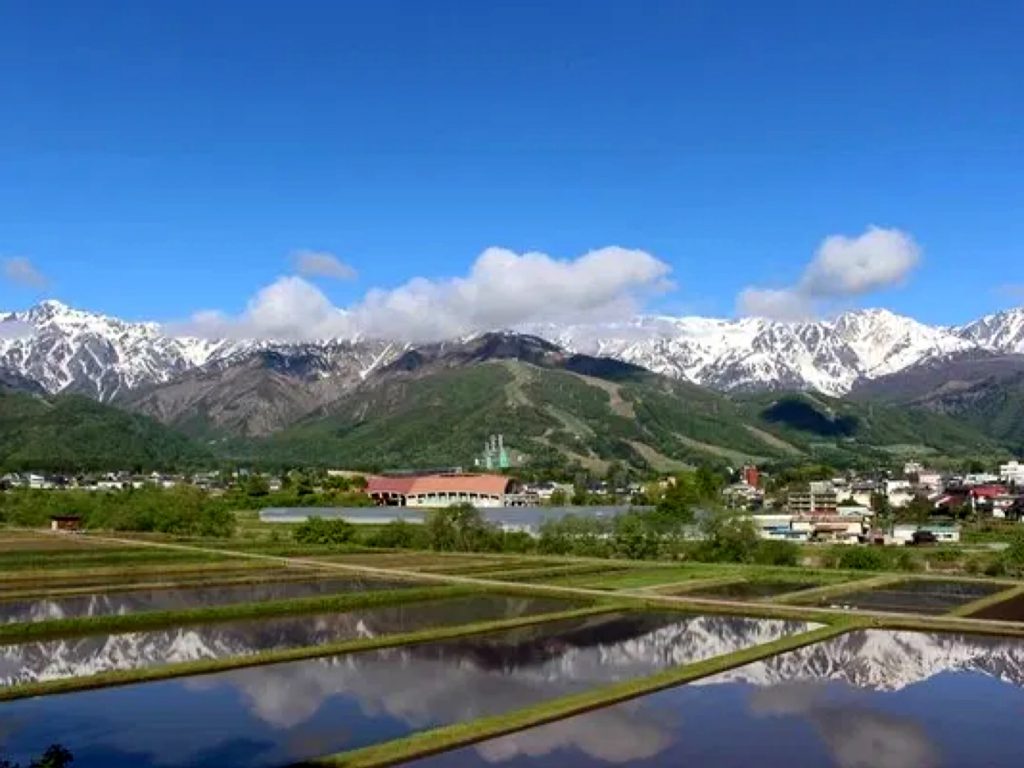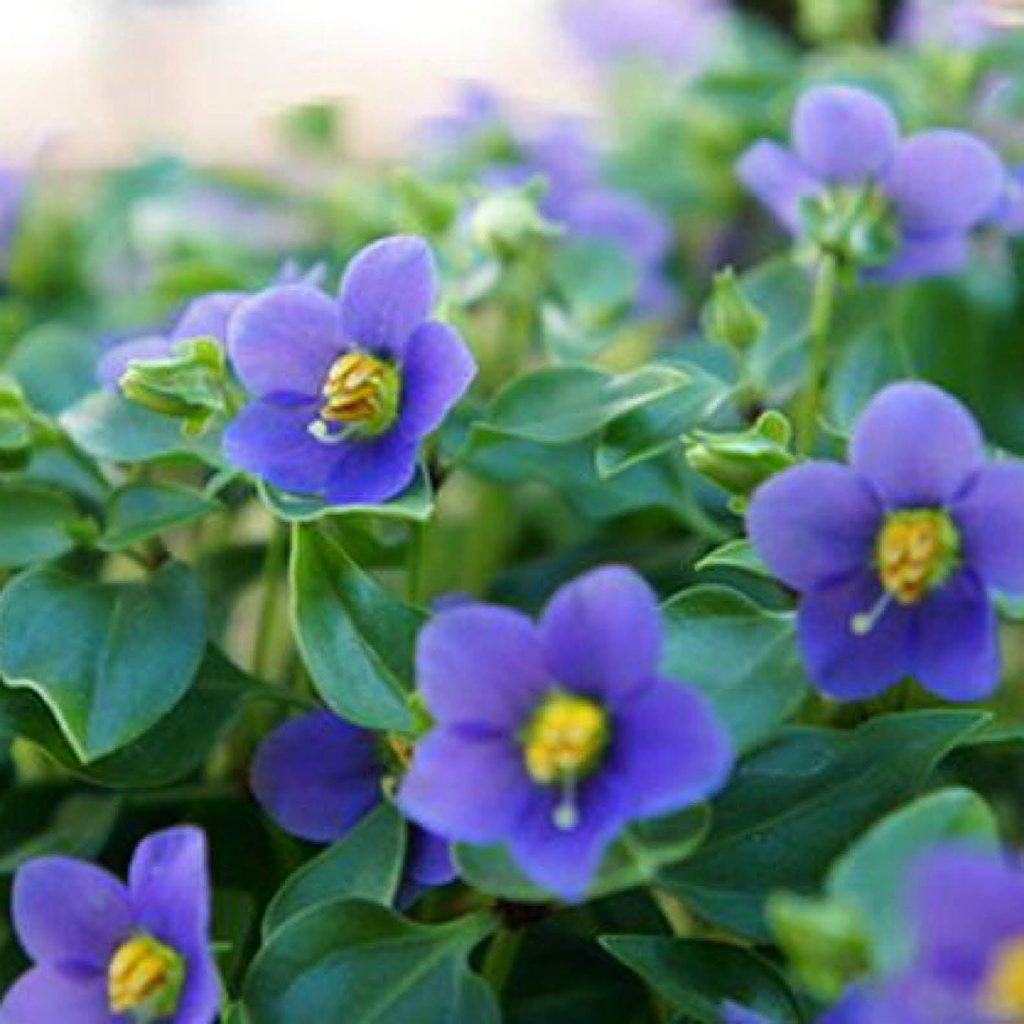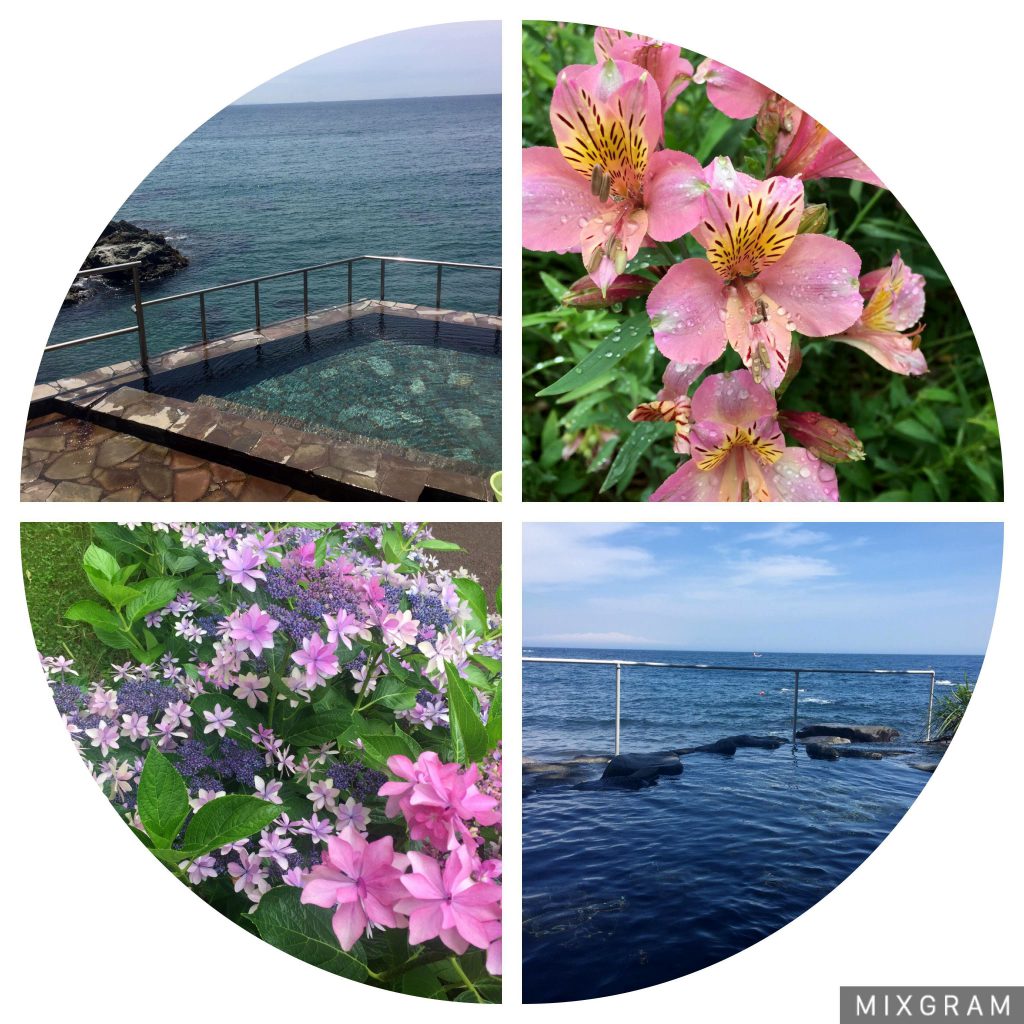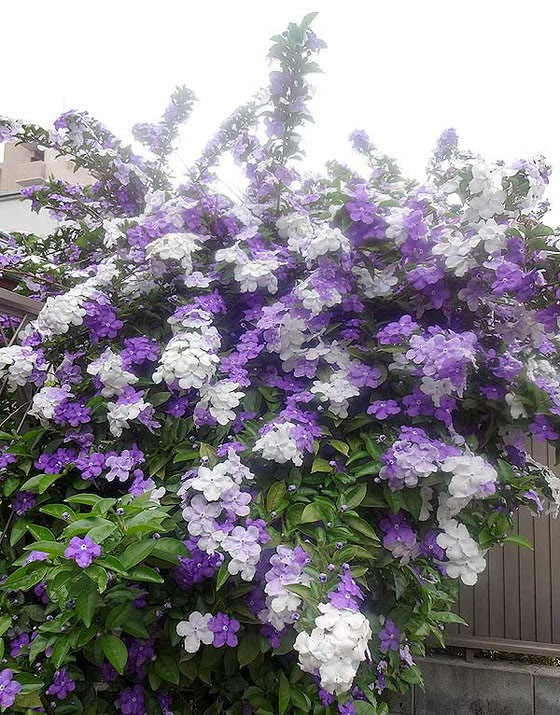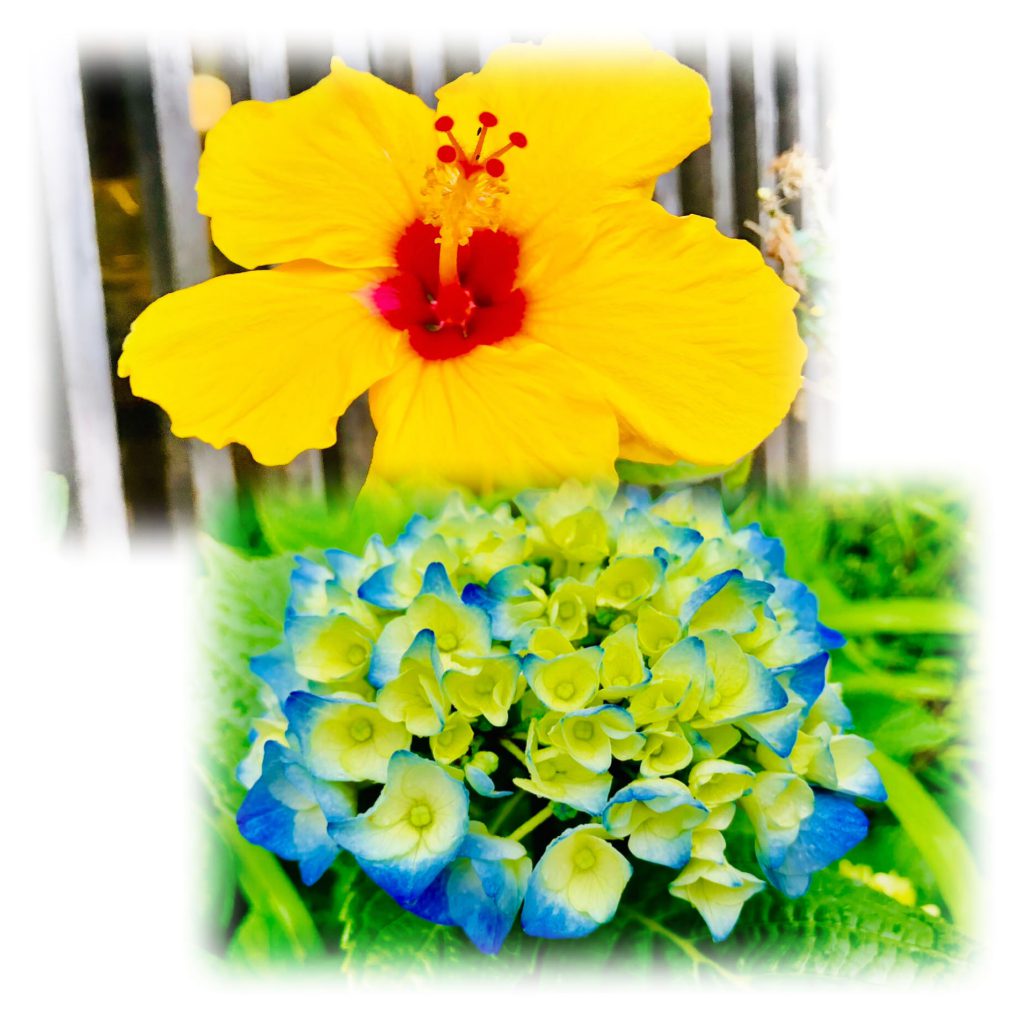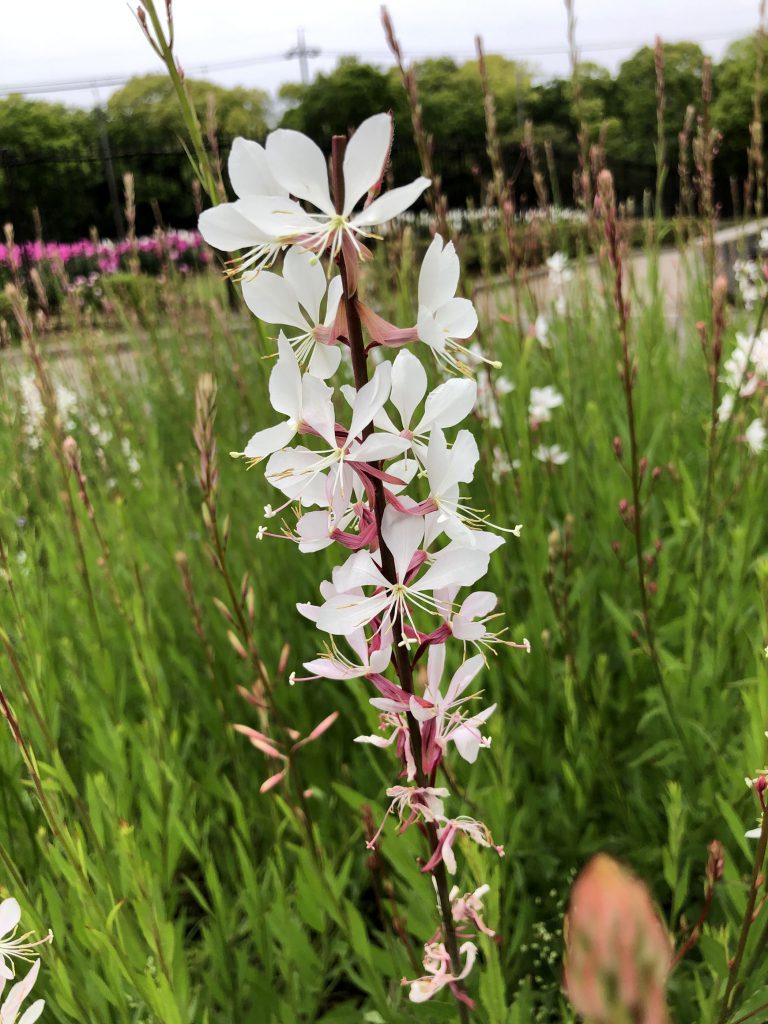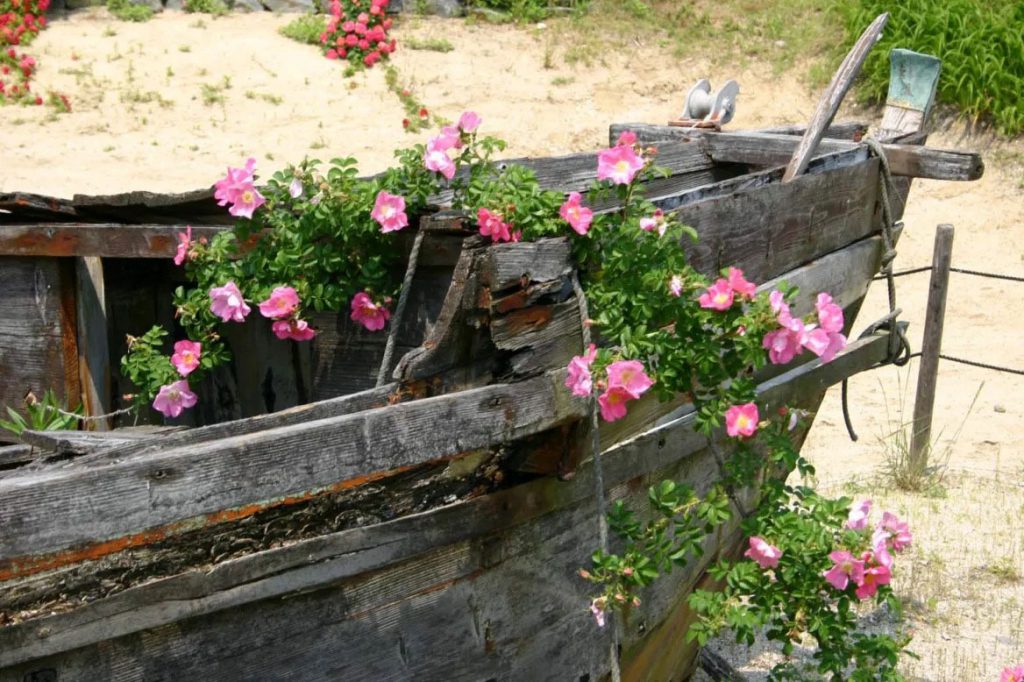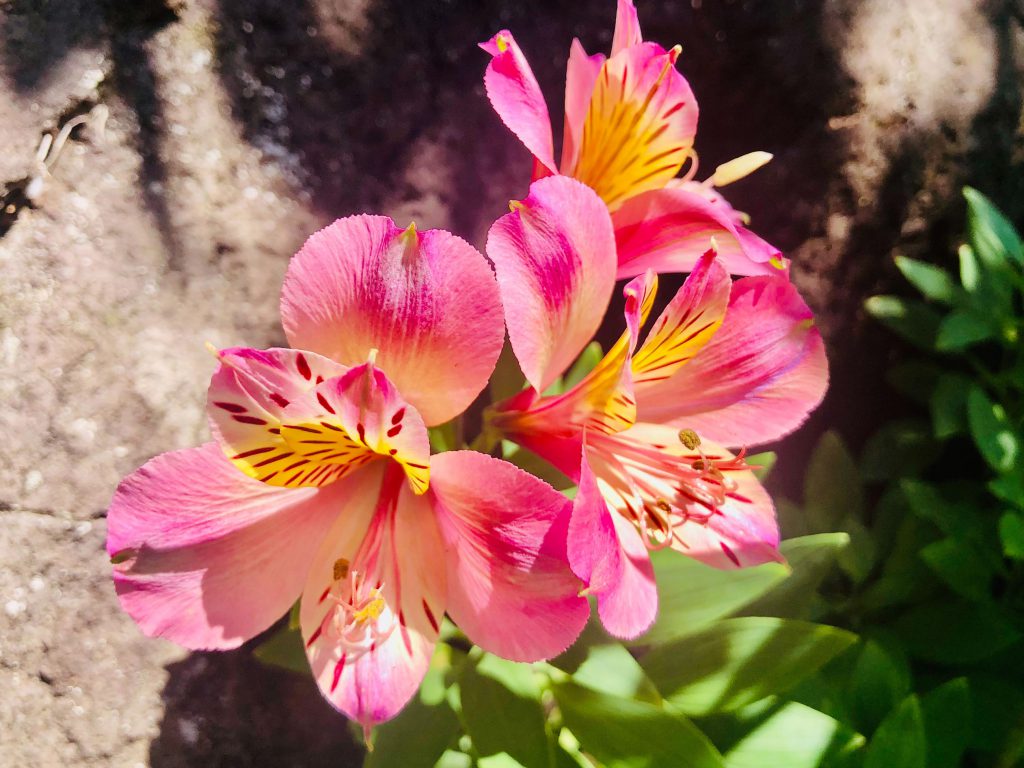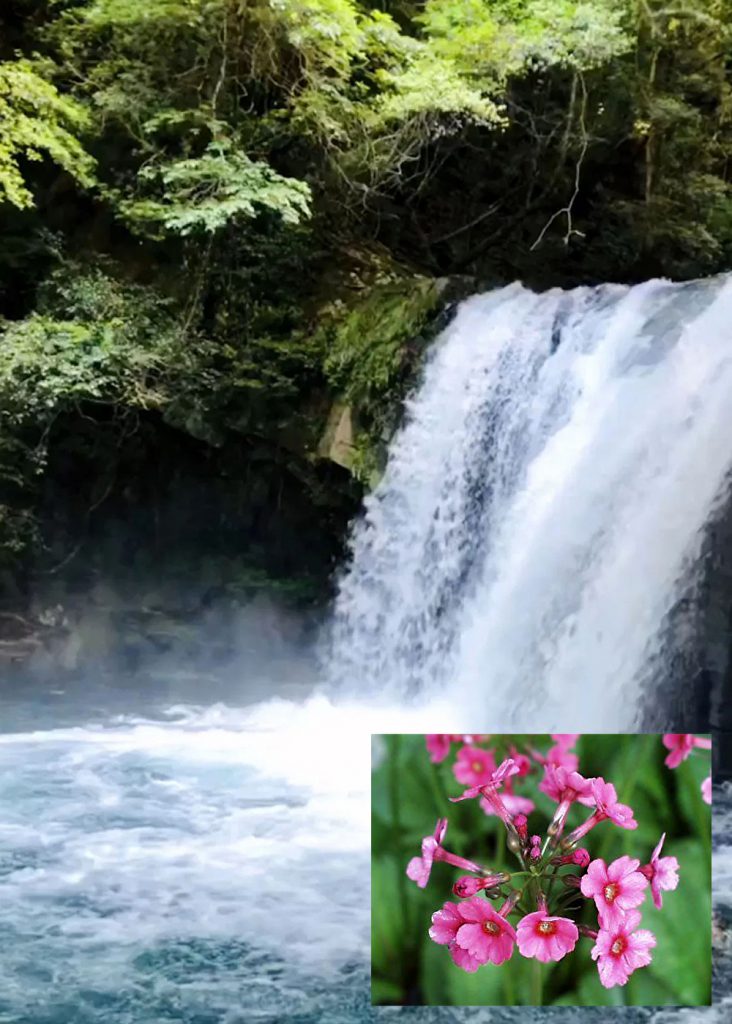
Kurinso (Japanese primrose) sways in the shade of a roaring rock every time it is dashed to a waterfall splash. Kurinso grows in relatively moist areas in the mountainous areas of Hokkaido, Honshu, and Shikoku, and sometimes grows in murmuring and valley wetlands. The flower has a circular shape centered on the flower stalk, and its name comes from the fact that it resembles the “Kurin(nine wheels)” at the tip of Goju-no-Toh(the five-storied pagoda). Flower colors are red, pink, and white. Scottish botanical collector Robert Fortune introduced Kurinso as “the most beautiful flower in Japan”, which has attracted attention. The Senju-ga-hama in Oku-Nikko Lake Chuzenji is famous for its colony, and many people visit during this period. In addition, the Chigusa Marsh on Mt. Hyono in Hyogo Prefecture is full of natural Kurinso, which is the largest in Japan and has 400,000 stocks, extending 15ha.
瀑鳴轟く岩陰にクリンソウ(九輪草)が滝飛沫を浴びる毎に花を揺らせています。クリンソウは北海道、本州、四国の山間地の、比較的湿潤な場所に生育し、せせらぎや渓谷の湿地などに時に群生しています。花は花茎を中心に円状につき、それが数段に重なる姿が五重塔の先端にある「九輪」に似ていることからその名が付きました。花の色は、赤、ピンク、白があります。スコットランド人の植物採集家ロバート・フォーチューン氏がクリンソウは「日本で一番美しい花」と紹介したことから注目されるようになりました。奥日光中禅寺湖千手が浜の群生が有名で、この時期、多くの人達が訪れます。また、兵庫県の氷ノ山にある千種湿原には15haに渡って国内最大の40万株に及ぶ天然クリンソウが咲き乱れています。

